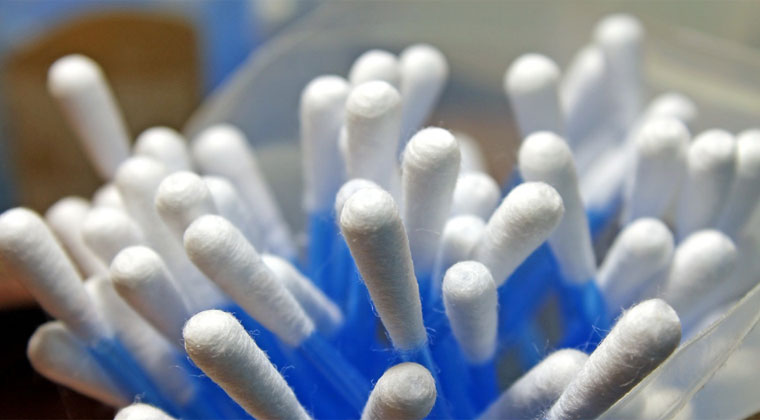The American Academy of Otolaryngology-Head and Neck Surgery Foundation published an updated set of guidelines on dealing with ear wax on Jan. 3, 2017.
Yes, serious stuff.
In Otolaryngology-Head and Neck Surgery, they highly recommend not putting things inside your ears, or else, you might give yourself earwax impaction, which is like a blocked nose but in your ear.
Earwax is also known as cerumen. They allow the inside of your ears to remain greased up and trap any dirt particles from entering.
The human body can naturally circulate old wax out of the ear to avoid earwax buildups. This is possible as the inside of your ears grow more skin cells, according to the report.
But if that process is affected, earwax can build up in your ears, making it difficult to hear or resulting in a feeling of stuffiness.
Some 10 percent of children and 5 percent of adults suffer from this problem, with older or developmentally-delayed folks more prone to it.
New data on cerumen impaction motivated the release of new recommendations.
Here are the dos and don'ts:
Don’t put small things like Q-tips into your ear as they can push earwax further inside your head, making impaction worse or irritating the inside of your ear.
Call a doctor if you have symptoms like ear pain, hearing loss or stuffy-headedness that might not be from earwax.
If you’re suffering from earwax buildup, ask your doctor about safe ways to treat it.
Don't do ear candling that involves lighting a candle over your ear to try and draw the wax out. It doesn’t work and you might even get candle wax in your ears.
Top photo via
If you like what you read, follow us on Facebook and Twitter to get the latest updates.
If you like what you read, follow us on Facebook, Instagram, Twitter and Telegram to get the latest updates.
